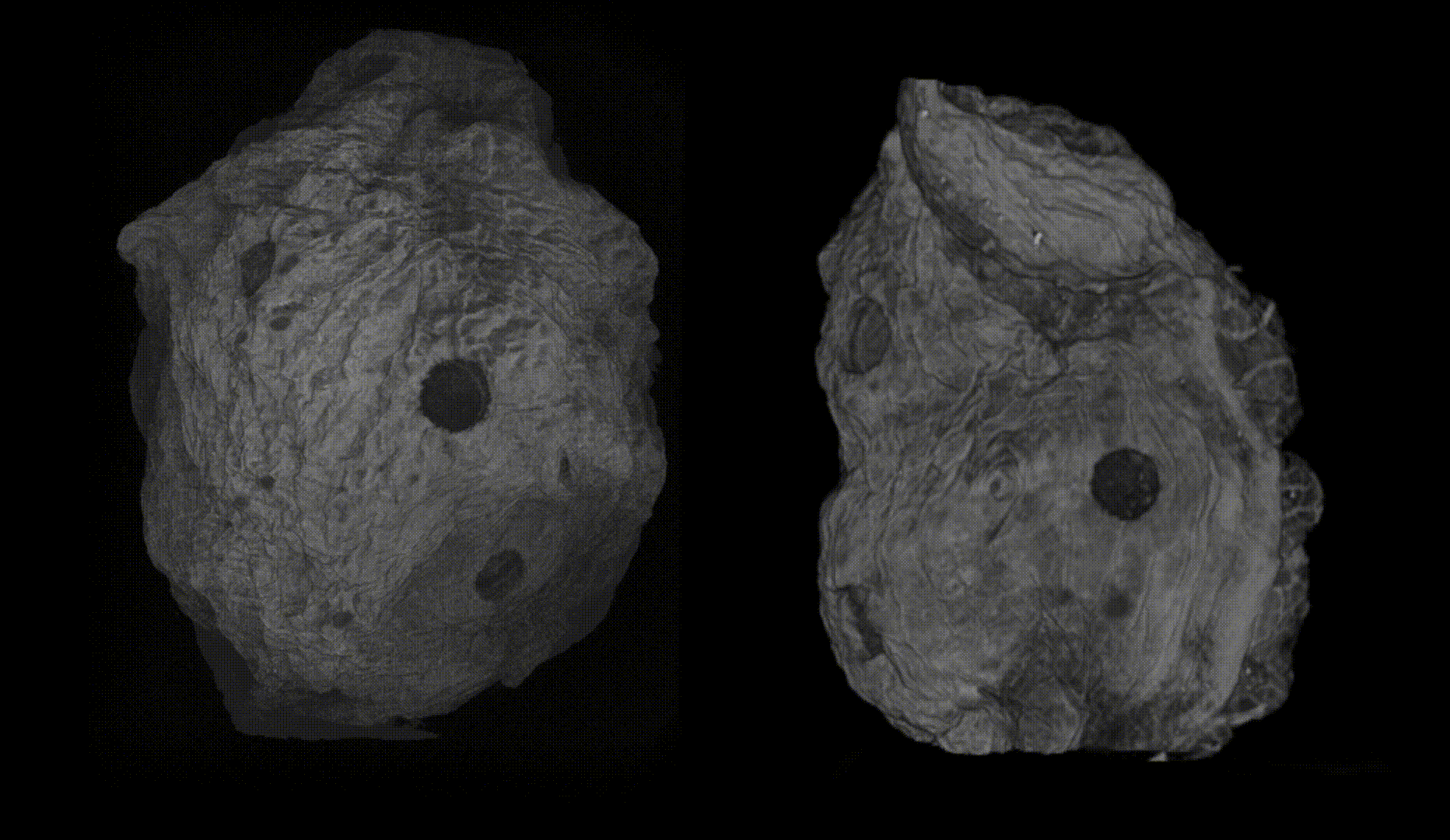Research
I am interested in the evolution and speciation of insects. Most are host-associated, living and reproducing almost exclusively on plants or other animals. These life strategies in insects, phytophagy and parasitism, account for roughly 40% of the described animal diversity on Earth. One explanation for why there are so many host-associated insects is divergent ecological speciation, which drives insect species to use different hosts. Trade-offs between ancestral and derived host environments can lead to divergent selection on traits in those two habitats, which can result in reproductive isolating barriers (RIBs) that catalyze speciation. In this context, traits under divergent selection that can lead to RIBs can be behavioral, temporal (e.g., life history traits), morphological, or a combination of traits. While these mechanisms have been studied in some detail in single host-parasite systems, it is not clear how variation among parasites and hosts affects the likelihood and specific drivers of speciation. One way to address this is to study many parasites interacting with many hosts at the same time and ask whether these different parasites diversify in response to changes in the same ecological dimensions. In other words, are the "rules" the same for all parasites?
I am working to address this question in oak gall wasps (Hymenoptera: Cynipidae: Cynipini), which form atypical growths on plants. These "galls" are the result of the female gall wasp depositing eggs into the plant tissue, and the growth serves to protect the offspring until it develops. The gall is thus a perfect environment for development, which entices invaders. And, in fact, hundreds of species of parasites are found in these galls. Some are kleptoparasites which eat the plant material the gall is made of. Others are parasitoids which feed on the gall wasp inside or the kleptoparasites. Others are hyperparasitoids which feed on the parasitoids. I am interested in how these feeding ecologies function with the host ecological dimensions (i.e. the shape, size, color, etc. of the gall) to drive speciation. Rather, do the ecological dimensions matter in the speciation of different parasites, possibly as a result of how an organisms interacts with a resource.
To do this, I am collecting galls from all across the United States of America. If you are interested in supporting this project, collaborating with oak gall research, or want to learn more about oak galls and their parasites, please feel free to reach out to me.
If you are interested in submitting a gall to our lab that you've found, please see this link.



